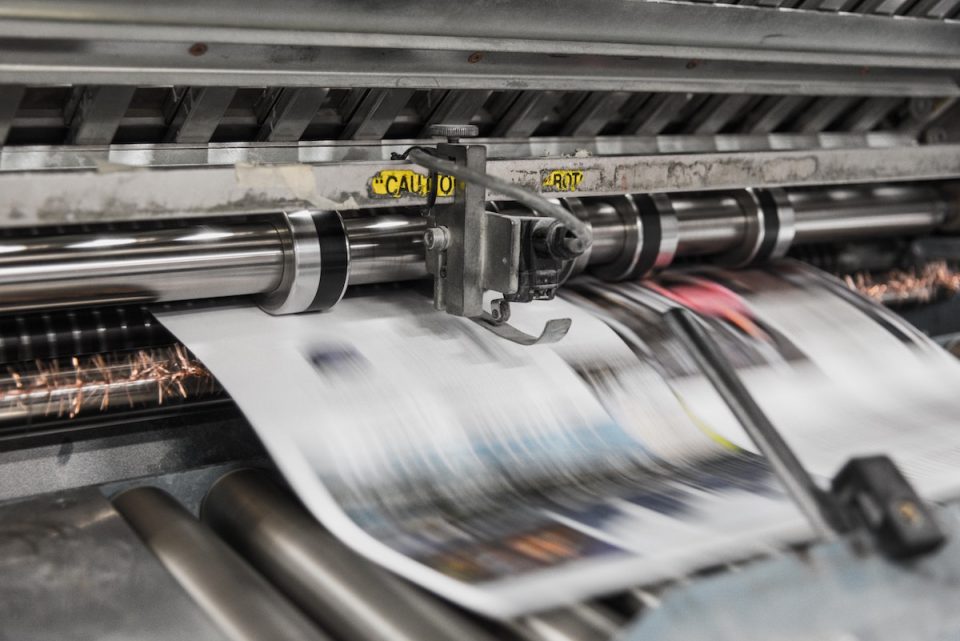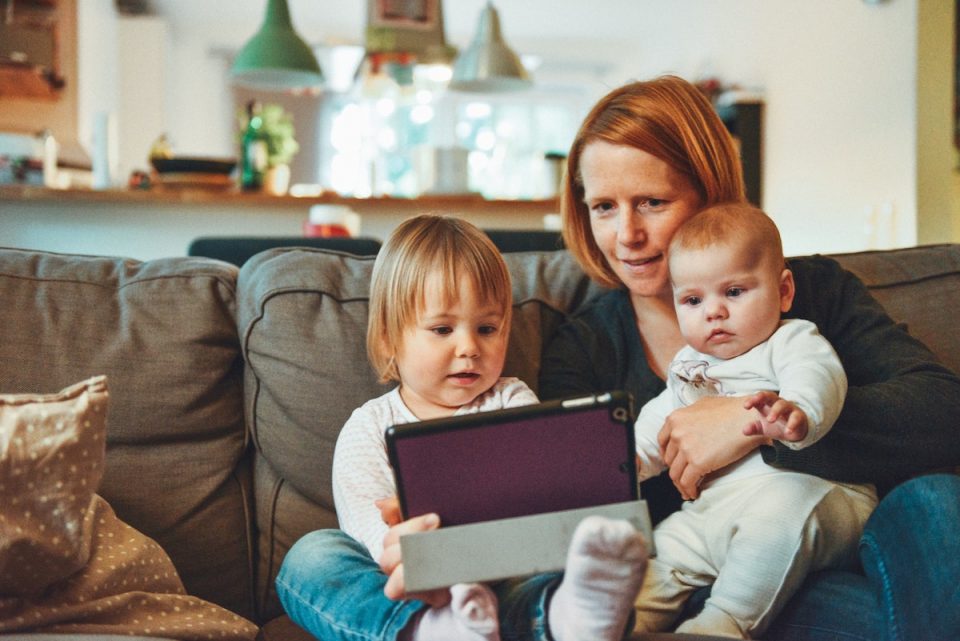Why you should be Doodling?

How to Make (and Keep) a New Year’s Resolution
December 27, 2018
Neil Gaiman, The Storyteller
January 10, 2019
Move over adult coloring books – there’s a new creative hobby that requires nothing more than a blank sheet of paper, a pencil or biro and a liberal helping of
free expression.
In 2012, Hillary Rodham Clinton was photographed doodling in a UN security council meeting. She received criticism at the time for the lack of attention her
doodling indicated.
But far from demonstrating a lack of attention, studies have shown that doodling can help us to listen and retain information as well as help with emotional expression, creativity, and feelings of calm.
Doodling as an Aide-Màmoire
Hillary isn’t the only Clinton who was caught doodling while on official business. When the Clinton Presidential Library was hacked, the hacker released documents online that were covered in the President’s doodles.
President Clinton’s doodles related directly to the topics being discussed and demonstrated a personal form of graphical notetaking that demonstrated his –
often rather unusual – engagement with the topic.
Perhaps his unusual doodles – which included Slobodan Milošević, a giant penis, Bob Dole, and a dragon – were simply an aide-mèmoir.
Famous writers have also been known to doodle alongside their written notes, including Alexander Pushkin, Fyodor Dostoyevsky, Sylvia Plath, Allen Ginsburg, and JK Rowling. Rowling has explained that she likes to doodle the characters and settings in her wizarding world stories so that she could refer back to them later. Is this what Clinton was doing while being briefed on international and national events?
Doodling as a Way to Release Stress
Professional handwriting analyst Ruth Roston, while writing for Epilepsy Action on world Doodle Day, argues that doodling is “an uninhibited form of self-expression”. Not only this, “Doodling helps relieve boredom and frustration and the urge to doodle gets stronger as stress levels rise,” Ruth says. “Doodling is like a safety valve that allows pressure to be dispelled in a playful and creative way.”
Doodling as a Better Way to Engage with the Topic Being Discussed
Jackie Andrade at the UK’s University of Plymouth has found that doodlers are better than non-doodlers at the recollection of facts. By playing a boring
telephone message to research participants, half of whom were asked to doodle and half of whom didn’t, she found that the doodlers were able to remember more
facts.
Scientists have suggested this is because the act of doodling prevents your brain from going into its default resting mode. Faced with tedious speeches or briefings, your brain can sometimes revert to this mode when you don’t need or want it to. By keeping your brain engaged, doodling ensures that you continue to pay attention.
Doodling is for Everyone
The best element of doodling is that everyone and anyone can do it. You don’t have to be good at art, or even consider yourself particularly creative. All you need to do is give yourself free hand to let your pen roam the page. You may be surprised by the results!



